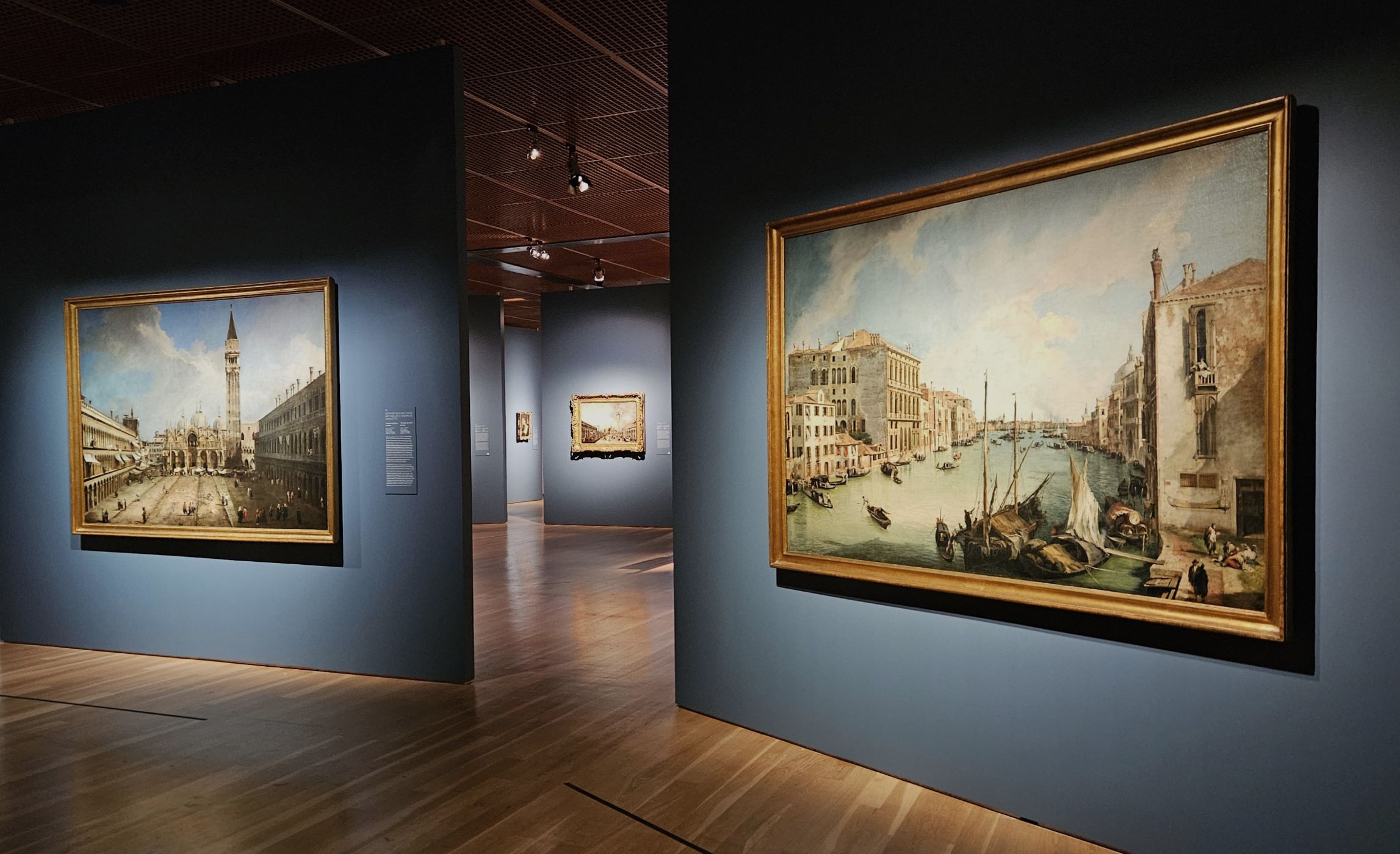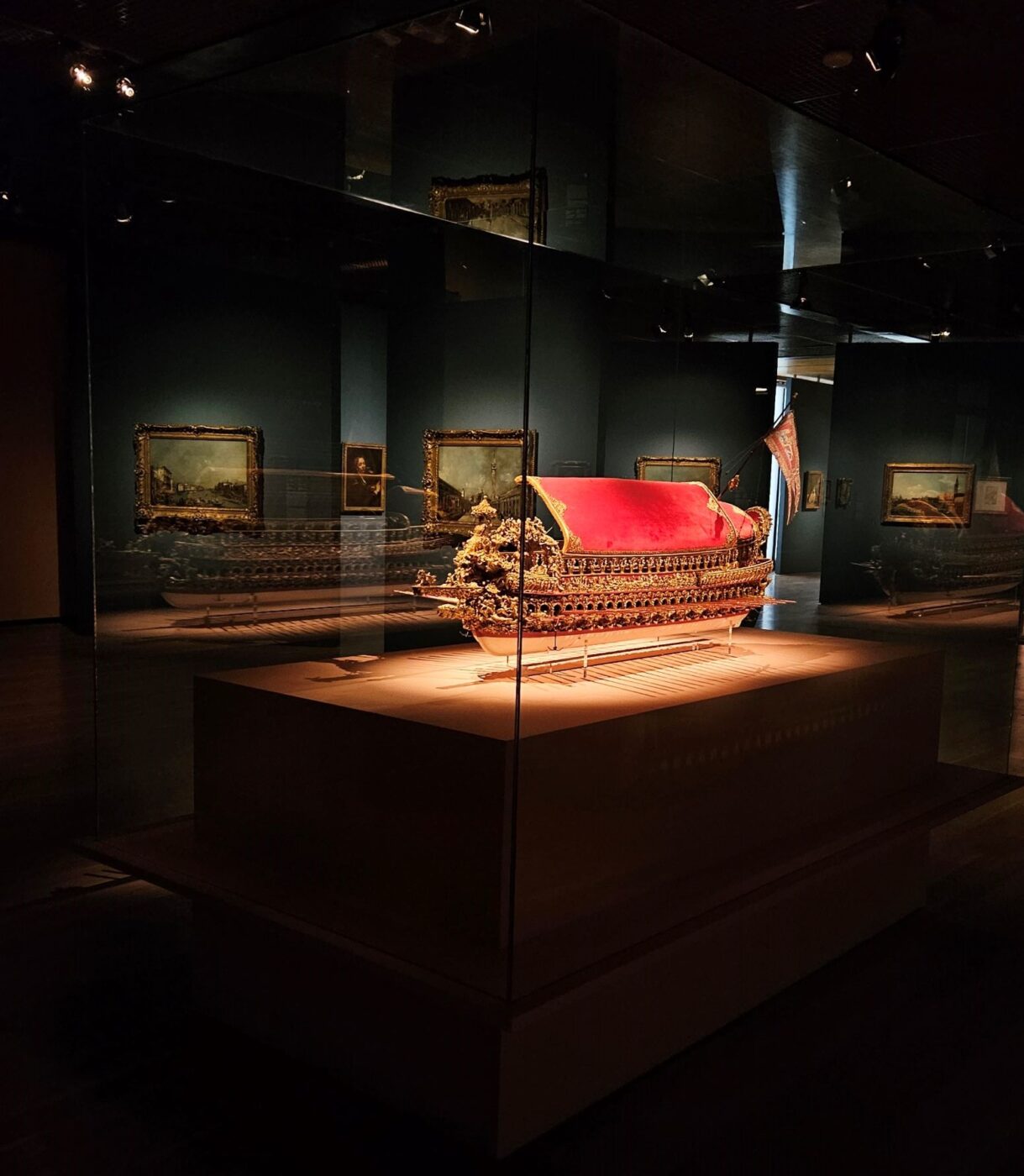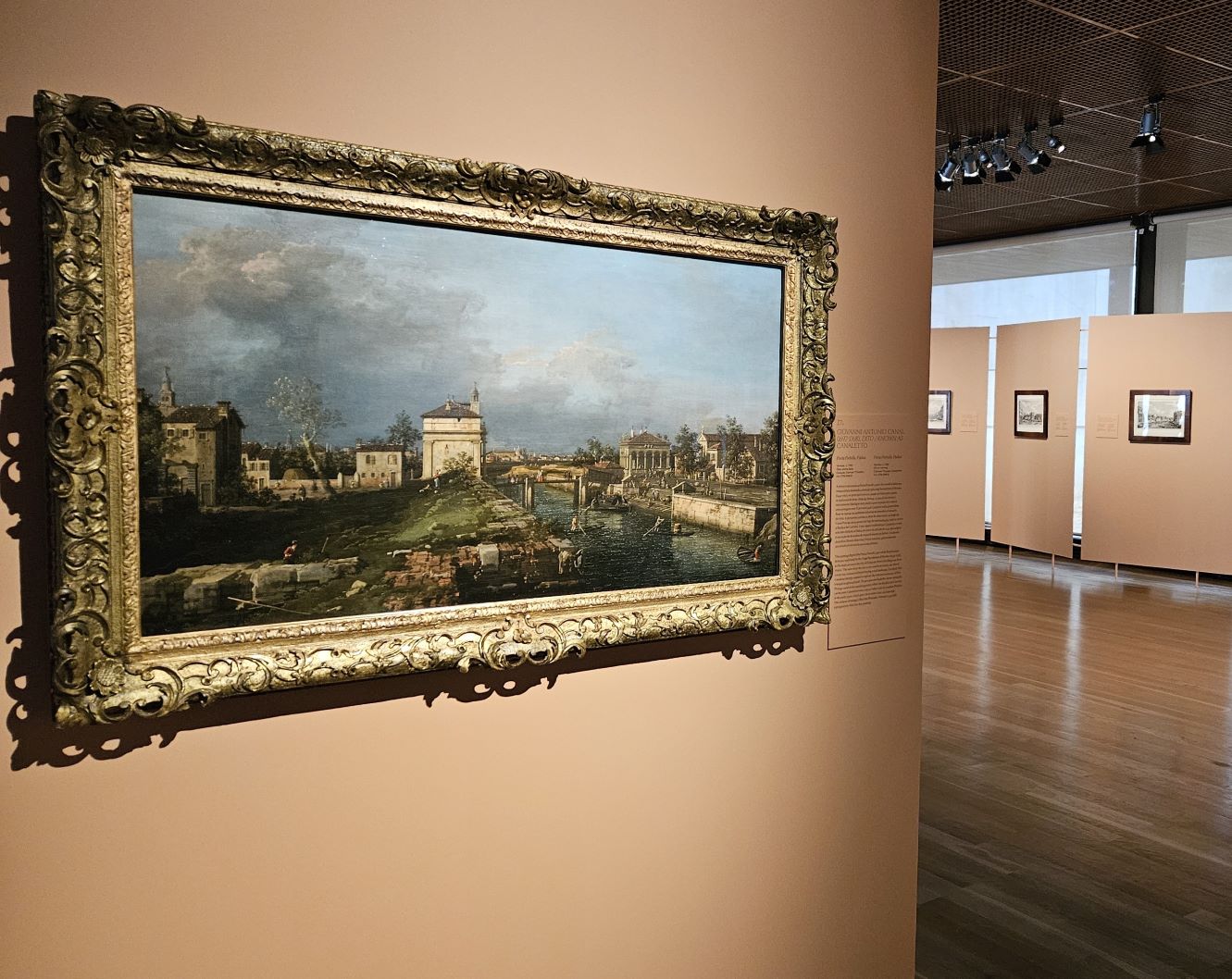arts
Venice, the scenic city
A trip to the eighteenth century 'Serenissima' in "Splendour in Venice. From Canaletto to Guardi"

In collaboration with the Museo Thyssen-Bornemisza in Madrid, the Calouste Gulbenkian Museum presents Splendour in Venice. From Canaletto to Guardi, an exhibition that provides, through works by the great masters of Venetian painting from the 18th-century, an enchanting tour of what is, even today, one of the most wonderful architectural complexes in the world.
Under the aegis of two of the most notable Venetian painters of the 18th century, Canaletto (1697-1768) and Francesco Guardi (1712-1793), the Calouste Gulbenkian Museum once again collaborates with the Museo Thyssen-Bornemisza, more than a decade later of the exhibition dedicated to the French painter Henri Fantin-Latour. In Splendour in Venice. From Canaletto to Guardi, more than fifty works from the two institutions are brought together, highlighting painting and engraving, but also books (Venice was the largest producer of luxury books in the world), textiles, a sculpture by Antonio Corradini (1688–1752) and a notable model of the Bucentaur, the doge’s ostentatious ceremonial vessel that appears represented in countless paintings of the time, as can be seen, in particular, in a superb Canaletto present here.
Having as its main focus the much-celebrated vedute, that is, the panoramic views of what, in the words of curator Luísa Sampaio, is perhaps “the most wonderful architectural ensemble in the world”, the exhibition gives particular focus to representations of festivities, namely the celebrations related to the Ascension, closely linked to the union of the city and the sea, and to the always very curious capricci, “fantasy architectures imagined by artists”.

Throughout the exhibition route, it is memorable to rediscover the unique capacity of Guardi’s painting to capture the atmosphere of the Serenissima (a certain intimacy, or even “a trace of melancholy”, as António Filipe Pimentel, director of the Gulbenkian Museum, observes) through a precious set of works acquired by Calouste Gulbenkian (19 in total, making the Lisbon museum the possessor of the largest collection of the artist’s paintings). Three of them stand out in particular, recently restored and recognized as the collectors’ favorites: The Feast of the Ascension in St. Mark’s Square, Regatta on the Grand Canal and As Comportas de Dolo.
In contrast to the gaze of Guardi, the last of the vedutiste, an earlier master had asserted the painting of views in 18th-century Venice. Through geometric rigor and form, the painting of Giovanni Antonio Canal, known as Canaletto, is there to reveal Venice in all its splendor. From the Madrid museum, which holds one of the most important sets of works by Venetian artists from the 18th-century, come the imposing St. Mark’s Square in Venice, The Grand Canal Seen from San Vio and The Bucentaur, or smaller but equally relevant paintings, such as The School of San Marco and Capriccio with Colonnade in the interior of a Palace. A common characteristic of all these paintings is the almost theatrical look that the artist gives to the “scenes”, whether or not Canaletto had trained with his father, the set designer Bernardo Canal.

In addition to the Canalettos, the collection of the Museo Thyssen-Bornemisza also includes paintings by other masters of that period, such as Michele Marieschi, Bellotto (the landscape imagined in Capriccio with a River and a Bridge), Piazzetta (with two Venetian portraits), Pietro Longhi (a prodigious scene of everyday palace life in The Tickle) and a “quick brushstroke” Tiepolo (The Death of Sophonisba), where the artist deliberately quotes Veronese’s The marriage at Cana, as observed by Luísa Sampaio. Affirming the affinity that Calouste Gulbenkian had for the pictorial representations of Venice and his “transversal taste” on the subject, the exhibition includes, to conclude, three paintings from the 19th and early 20th centuries. Also noteworthy is a set of twelve engravings by Antonio Visentini according to Canaletto, belonging to the collections of the Musei Civici di Venezia, which help to understand the popularity (and commercial interest) that vedute had throughout the 18th century among visitors who understood them, like illustrated postcards of the once called “queen of the Adriatic”.
An almost immersive Venice
Although it is not, far from it, an immersive exhibition – especially because, as Luísa Sampaio points out, there is nothing like having “real works of art” present – Splendour in Venice offers the visitor the true “Venetian environment” through the reproduction of the sounds of the city , captured in situ, notably the bells of the city’s towers and churches and the water in the canals.
As a complement, the exhibition debuts at the Calouste Gulbenkian Museum a new digital mediation resource assisted by artificial intelligence. Through the Venez.I.A. chatbot, visitors can access via smartphone a range of detailed information about the works on display and curiosities about the history of an ancient city.
Over the next few months, there will be a parallel program that includes guided tours and workshops, as well as two chamber music concerts. The first takes place on November 2nd, with Ensemble Alorna presenting pieces by Venetians Vivaldi, Albinioni, Galuppi and Plati.
On view until January 13th, this wonderful “tour of little Venice” now installed at Gulbenkian, will continue, in the first months of next year, to the Museo Thyssen-Bornemisza in Madrid.